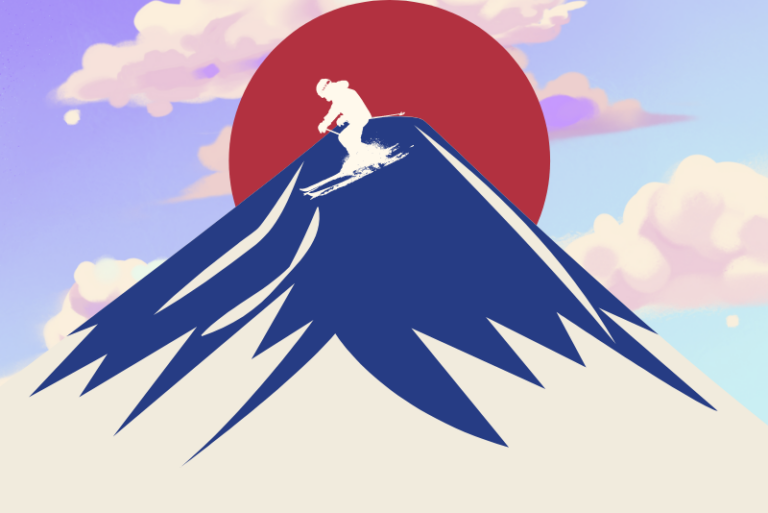The Best Off-Piste Skiing Japan: Ultimate Guide
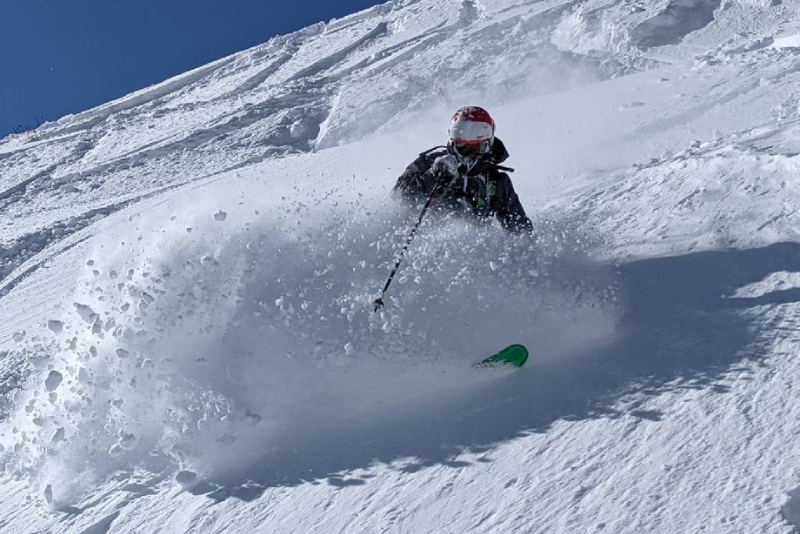
There’s a sense of freedom floating through deep, pristine powdery snow. The thrill and sheer bliss as you carve you bound through the powder snow.
Known for its deep and light powder snow, off-piste skiing Japan is a paradise for skiers and snowboarders. For a guaranteed powder skiing experience, Japan is as close as you can get.
But before you book your trip, let’s dive into the snowiest spots where you can truly carve your own path.
Book Your Japan Ski Trip
What is Off Piste Skiing?
Different regions have different definitions of on-piste skiing and off-piste skiing. In Japan, off-piste includes anything not on a defined ski run—tree areas or side/slack country. These areas are still within the ski resort boundary and may or may not include avalanche controls. The resort may have gates to control access, and you may have to sign waiver forms before entering.
Backcountry differs from off-piste. Backcountry is outside of the resort boundary and has no avalanche controls or patrol support. When you venture outside the resort boundary, you are 100% accountable for your safety and must carry proper avy gear.
On-piste skiing includes any run, groomed, or other trail on the resort.
The Best Off Piste Resorts in Japan
Here are some of Japan’s best off-piste resorts.
Hokkaido
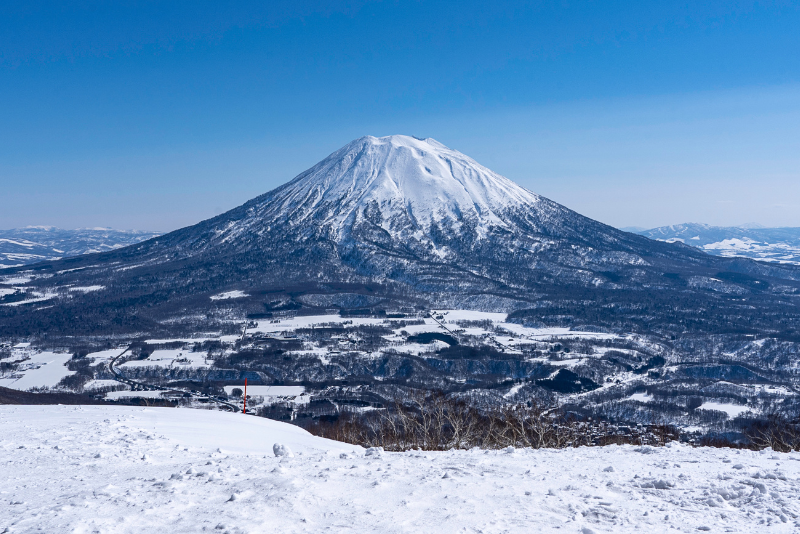
Hokkaido, Japan’s northernmost island, is lauded for its dependable snowfall and superb off-piste conditions.
Niseko United
Niseko United is a premier destination for adventurous skiers and snowboarders, with 11 gates providing access to backcountry and sidecountry terrain. Notable zones like Moiwa and Mizuno No Sawa invite thrill-seekers to ski some technically demanding terrain. Whether you crave the exhilaration of steep open lines or prefer glades, Niseko United promises a dynamic and thrilling skiing adventure.
Moiwa
Moiwa is an ideal escape for those weary of crowds and searching for the perfect run. Moiwa offers a more secluded experience with convenient access to Niseko’s renowned powder.
The Moiwa side country is a highlight, with several backcountry access gates. However, the area is not for those new to backcountry skiing. The terrain features steep cornices, cliffs, open bowls, and tree skiing. If you are new to backcountry skiing or unfamiliar with the area, a guide is highly recommended.
Rusutsu
This place is a dream for those who love powder tree skiing. Rusutsu averages over 14 meters of deep snow each season. The powder quality is excellent, thanks to the cold air from Siberia. Moisture is picked up from the Sea of Japan during storms, and it has an ideal location close to the coast without being too close. Many slopes also have favorable aspects, which helps the Rusutsu snow quality.
Hakuba
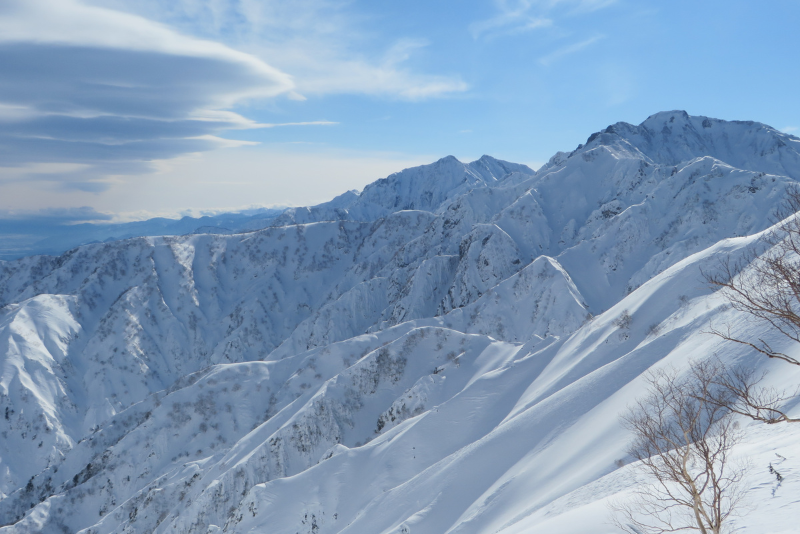
Hakuba is located in the heart of the Northern Japanese Alps. The resorts here are known for their steep tree runs and amazing powder snow.
Norikura
This mellow ski area hides some of Hakuba’s best off-piste slopes. The Norikura No. 11 pair lift is Japan’s only backcountry chair lift. Before getting on the lift, you must sign a waiver and show that you have a beacon shovel probe and helmet. From the top of the lift, you can drop in from the north side of the ridge. The area is steep and heavily treed and not recommended for intermediate skiers. There are several high-risk zones and a cliff band in the area that must be avoided if you choose to ski here. Please check with a guide before venturing into the area.
Cortina
Cortina is revered among off-piste enthusiasts for its untouched powder and tree runs. It’s often said that Cortina receives the most snowfall in the Hakuba Valley. Inside the resort is some spectacular tree skiing and backcountry access gates on the North and South ridges.
Tsugaike
The DBD zone is a side country access area within the Tsugaike Kogen resort boundaries. This area has fantastic off-piste skiing, steep tree runs, and exciting terrain. Before accessing the area, you must take a safety course and sign a waiver. Backcountry safety gear is not mandatory but is recommended. Access to the area is through 4 controlled gates. There is minimal snow controls within the DBD zone.
Tsugaike also has backcountry access from the Uma No See ridge. Boona Bowl is a popular powder area, and the north ridge can also be skied. Be aware that there are some cliff bands in the area, so be sure you know where you are dropping in before you head North of Boona Bowl.
Hakuba 47/Goryu
Hakuba 47 and Goryu Tree Zones, or the TRZ as they call it, is an off-piste controlled area within the resort boundaries. Like the DBD, a safety course and registration are required to get access. The TRZ offers great tree runs with good fall lines and steep terrain.
Nozawa Onsen
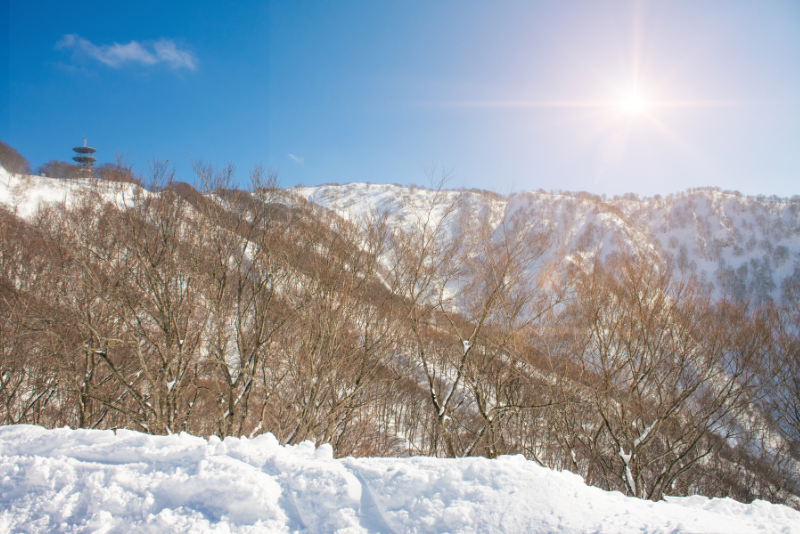
Nozawa Onsen offers a thrilling experience for off-piste and backcountry skiing enthusiasts. Renowned for its challenging terrain and deep powder, this ski destination beckons expert skiers and snowboarders looking to push their limits. The sidecountry and backcountry areas are accessible via two gates, allowing adventurers to explore untouched snow and diverse lines. The right side-country provides mellower lines suitable for warming up, while the left offers steep descents, rock features, and mini spines that promise an adrenaline rush.
Myoko Kogen
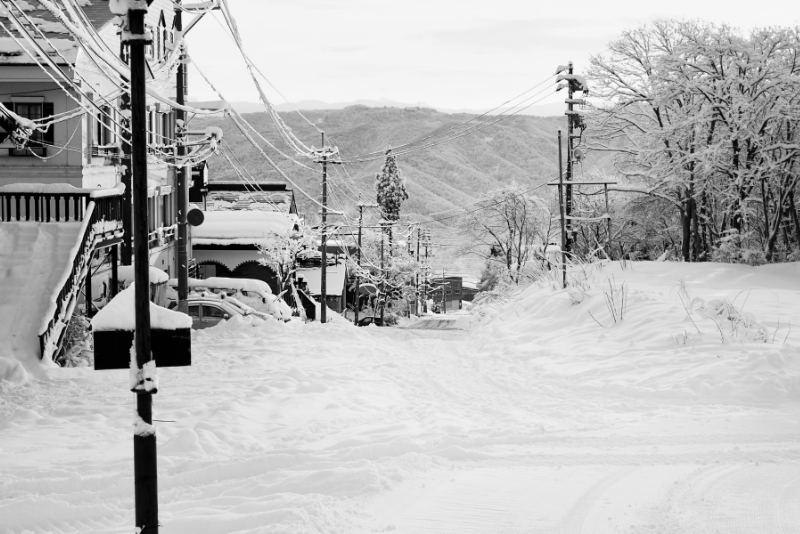
Like Hakuba, Myoko is a collection of ski resorts. One of our favorites in the area for off-piste skiing is Lotte Arai. The completely upgraded resort is one of the newest in Japan and has hosted Freeride World Tour qualifier events. With a mix of steep tree runs, open bowls, and groomed trails, there is something for everyone.
Lotte Arai Resort is renowned for its exceptional off-piste and backcountry skiing opportunities. The resort boasts a variety of free ride zones, such as Big Bowl, Happy Place, Funaishi, Benzaku, Zendana Bowl, and Mamushi-gaeshi, catering to skiers of different skill levels.
Comparing Hokkaido and Honshu: Where to Go?
Hokkaido is the North Island of Japan renowned for its consistent light powder snow. Cold air from Siberia passes over the Sea of Japan, picking up moisture along the way and creating perfect conditions for powder snow. Resorts like Niseko, Rusutsu, and Kiroro are known for their consistent snowfall.
Honshu, on the other hand, has a maritime snowpack. Snowfall comes in large dumps, with warmer, sunnier temperatures in between. Resorts like Nozawa Onsen, Hakuba, and Myoko Kogen offer a mix of groomed runs and off-piste options for skiers to enjoy.
Access to resorts in Honshu is easier than in Niseko, with regular train and bus services running from Tokyo. Hokkaido can be accessed from Sapporo’s New Chitose Airport, but transportation between resorts can be limited once in the region.
Choosing between Hokkaido and Honshu for your ski trip ultimately depends on personal preferences and what type of experience you’re looking for. If you prioritize consistent powder snow and don’t mind a longer journey to the resorts, then Hokkaido may be the perfect choice. But if you prefer a mix of groomed runs and off-piste options with easier transportation access, then Honshu might be better.
Best Time to Ski in Japan
Timing your trip to Japan is crucial for the best powder experience. The ski season typically runs from mid-December to late April, and mid-January to mid-February is prime time for the deepest and lightest powder.
Preparing for Off-Piste Skiing in Japan
Essential knowledge and skills for off-piste skiing
Off-piste skiers demand a thorough understanding of avalanche safety, rescue techniques, and the specific terrain and weather conditions. Preparation and heightened safety awareness are crucial, as these areas are not as closely monitored as marked ski runs. Essential avalanche equipment, including a transceiver, probe, and shovel, is also necessary.
While there are safety controls in place for avalanche hazards in Japan, travelers should be aware that rescue is often at their own expense and may not follow the same practices found in other parts of the world. Emergency rescue personnel are not likely to speak English, and communication can be challenging. A Japanese-speaking guide or someone with extensive experience guiding in Japan is highly recommended.
Equipment and gear requirements for Japan’s off-piste terrain
When skiing off-piste, the following equipment is highly recommended
- Probe
- Shovel
- Avalanche transceiver
- Pack (airbag optional)
- Helmet
- Powder skis/board
Ski touring equipment is essential for those looking to explore the backcountry areas.
While not always mandated, having the proper equipment is highly recommended, even inside some resorts. For example, whenever I ski in Cortina, I usually take my Avy gear with me, even if I am only skiing within the resort.
Additionally, depending on the type of skiing/boarding you are doing, you may require the following:
- Touring skis
- Split board or snowshoes
- Adjustable poles
Off-Piste Skiing/Snowboarding Risks
Off-piste skiing can be dangerous due to the unmonitored terrain and requires thorough preparation, including knowledge of avalanche safety, rescue techniques, and weather conditions. Hazards aren’t limited to the snow. Skiers must navigate tight tree runs, glide cracks are common, and the temperate climate creates challenges different from those in Europe and North America. A good guide is highly recommended. They will know intimately about the terrain and where you can ski the best snow.
Conclusion
Japan offers unparalleled off-piste skiing experiences with its deep powder and beautiful backcountry. From the forests of Hokkaido to the towering peaks of Hakuba, each resort provides a distinct blend of adventure, beauty, and thrill. Whether you favor the serene powder runs of Moiwa or the challenging descents of Happo, there’s something for everyone.
So, what are you waiting for? Start planning your off-piste adventure now. Book your trip early to secure the best spots and get ready to carve new paths through Japan’s pristine powder. Your ultimate skiing holiday is just a snowy slope away.
FAQ
What is off-piste skiing?
Off-piste skiing is on unmarked and unpatrolled areas outside a resort’s boundary. It’s for more adventurous skiers exploring natural terrain and untouched snow.
What are the safety considerations for off-piste skiing in Japan?
Safety gear such as avalanche beacons, shovels, and probes is essential. It’s advisable to ski with a guide and be aware of local avalanche conditions. Remember, safety comes first!
How can I rent skiing gear in Japan?
Most large resorts and local gear shops offer rental services. However, larger sizes might be less available, so it’s best to arrange in advance to ensure you have the right fit.
When is the best time to visit Japan for off-piste skiing?
The best time is from mid-January to mid-February when the deepest and lightest powder is available. However, the season generally runs from mid-December to late April, giving you plenty of options.
Japan’s off-piste resorts promise an unforgettable skiing experience.

